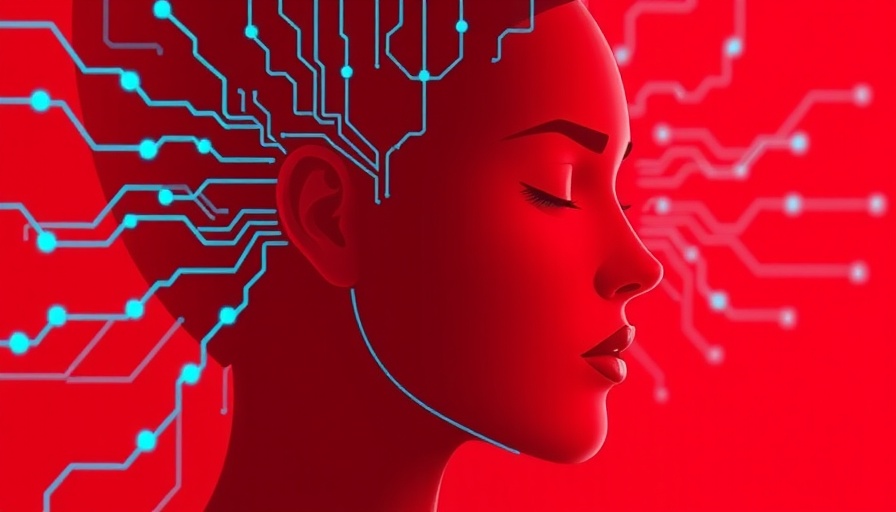
The Rise of AI Scrapers and Their Impact on Online Content
In the emerging landscape of artificial intelligence, the ability of AI-driven tools to scrape and collect web data is becoming increasingly prominent. This trend presents significant challenges for website owners, as malicious scrapers can exploit content without permission, undermining value for businesses. The delicate balance between leveraging AI's capabilities and protecting intellectual property rights is at the forefront of discussions surrounding scraped data.
Cloudflare’s Innovative Solution: A Game Changer?
With the introduction of its new AI-powered tool aimed at blocking web scrapers, Cloudflare steps into the spotlight as a crucial player in the ongoing battle against online content theft. This tool utilizes advanced algorithms to differentiate between legitimate traffic and suspicious scraping activities. By identifying patterns and user behaviors often indicative of scraping, Cloudflare helps businesses safeguard their digital assets. This proactive measure not only adds a layer of security but also optimizes the overall performance of websites by protecting them from unwanted bot traffic.
Understanding the Technology Behind the Scraper Blocker
Cloudflare's new tool operates on the backbone of machine learning and behavior analysis. It analyzes vast amounts of traffic data to spot anomalies that hint at scraping attempts. For instance, if a bot tries to access pages too quickly, it could trigger an alert for Cloudflare's system. This is significant as it not only prevents automated systems from pilfering content but also enhances user experience by reducing site slowdowns.
Real-World Implications: What This Means for Businesses
The implications of Cloudflare's tool reach beyond just technical enhancements. Businesses can expect improved protection of their content, allowing them to maintain their competitive edge. With AI web scrapers being used to gather information for price comparisons, product listings, and even algorithmic trading, safeguarding proprietary content means protecting revenue streams. As more companies turn to digital platforms, ensuring that their data remains secure from unauthorized scrapers is paramount.
Future Trends: The Ongoing Evolution of Web Security
As AI technology grows, so does the sophistication of web scrapers. The future landscape indicates an arms race between web security measures and malicious entities. With tools like those from Cloudflare leading the way, companies must continuously adapt and innovate to counteract emerging threats. This not only includes tools to block scrapers but also strategies to evolve usage policies that educate and empower users about data protection.
Community Reactions: A Double-Edged Sword
The introductions of such technologies also evoke a spectrum of responses from the tech community. Some view Cloudflare's tool as a necessary advancement in defense against data theft, while others caution against potential overreach. As automated services become more prevalent, balancing security with user accessibility is essential to preserve the open internet's collaborative spirit. Discussions about user consent in data collection and scraping illustrate the complexity of this issue.
Why This Matters: The Value of Understanding AI Web Scrapers
As stakeholders in the tech industry, understanding how AI web scrapers operate can empower consumers, businesses, and developers alike. Knowledge surrounding the importance of protecting intellectual property not only helps guard against financial loss but also fosters a culture where original content is respected and valued. As AI enthusiasts, recognizing the potential of both web scrapers and blockers heightens our awareness of innovation’s dual nature.
Conclusion: A Call to Action in Digital Vigilance
As Cloudflare adds yet another feather to its cap with this new tool against AI web scrapers, stakeholders must remain vigilant. Embracing technological solutions that enhance security is vital for businesses prioritizing their proprietary content. By staying informed about such advancements, every entity in the digital space can contribute to a safer online environment. Let’s take action and advocate for robust tools that protect our digital assets from the threats of AI scraping.
 Add Row
Add Row  Add
Add 




Write A Comment